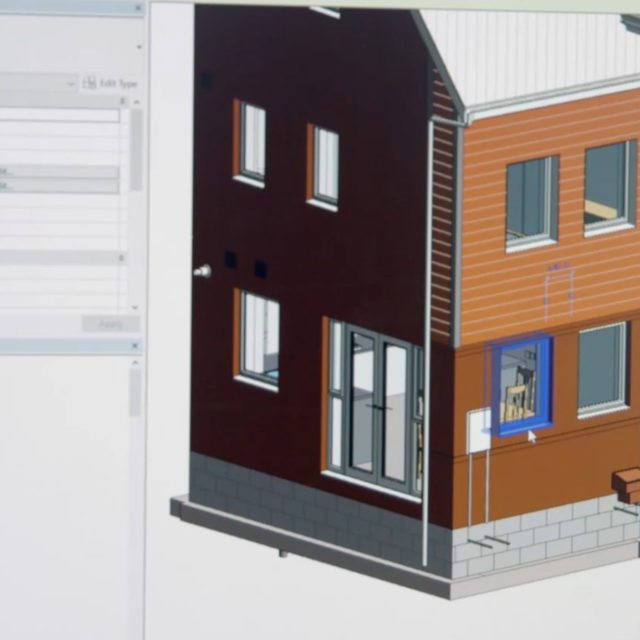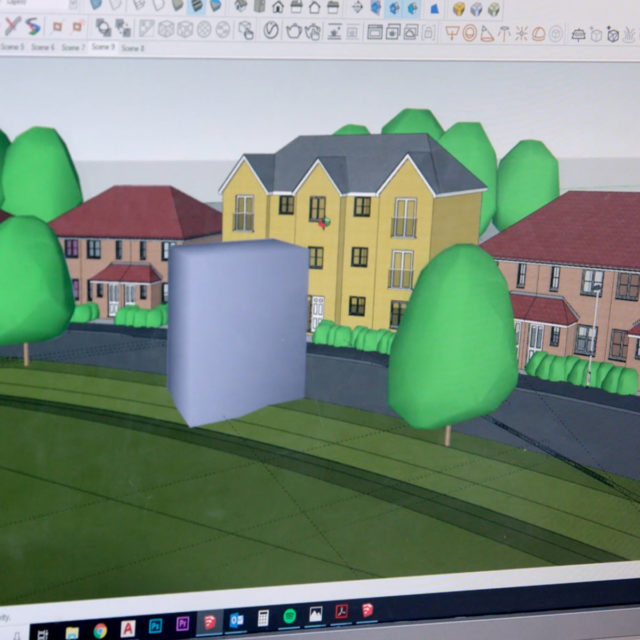Planning approval
A time for celebration! 409 much needed new homes approved.
Hard work and commitment pay off as The Noble Consultancy secure planning approval for Phase 2, Hermitage Lane, Aylesford, on behalf of BDW Kent.
Architectural rendering or architectural visualisation is the art of creating two-dimensional and three-dimensional images showing the attributes of a proposed development. It is an integral element of the architectural design process and a key component in effectively communicating project proposals to all parties involved throughout the various stages of a project.
This way of thinking and the technology behind it is changing the future of design and how we work with our clients. 3D modelling along with architectural rendering software enables us to evaluate proportions and scale. We are expert in producing realistic and concept images, giving our clients and decision makers an accurate understanding of how residential buildings will sit within a space. We have the ability to bring proposals to life.
3D imagery can be used at all stages of design. It is often utilised at feasibility stage to support client bids and help landowners understand eventual development aspirations. Artist impressions can also be used at the detailed design stage to support planning applications or can be used in support of planning appeals to rebut comments and focus the mind of decision makers.
The rapid advancements in computer technology has put new life into the world of design architecture. Here at The Noble Consultancy, we have the skills and experience to harness these new software packages.
Architecture and the design of the urban environment involves a multitude of stakeholders: engineers, architects, planners, landscapers etc. All will view the designs from different perspectives and with different objectives. This will create challenges within the project and to reach a mutual understanding is critical for the project success. 3D rendering and architectural visualisations techniques can help with this.
Using powerful 3D rendering software, we can manipulate designs in real time, quickly transitioning between concept and concrete and exploring different options, as well as, making refinements and creating multiple versions of the designs. These tools us and our clients visualise for a clearer understanding of how the house types, landscaping and spaces complement each other.
We are noticing, in particular, an increased demand for 3D visualisations to accompany planning applications. It’s not uncommon for planning applications to have areas of contention. Take large residential developments as an example where it could be any number of factors; the impact of dwelling heights on the surrounding landscape, material choices, or retaining features on steeply sloping sites. Often the simplest way of alleviating concerns is to provide a 3D representation.
In summary, 3D modelling and rendering can help those involved in the design process work collaboratively to communicate ideas more efficiently.
We have a range of graphic communication capabilities that can be tailored to suit project requirements and budgets, including both modern computerised techniques and traditional hand drawn methods.
Our in-house team provide accurate visual representations for inclusion within:
The Noble Consultancy has a team of Revit and AutoCAD professionals and BIM is integrated into every project we design for. We understand how the relationship between design and the built environment and why a balance needs to be in place between engineering requirements and architectural aesthetics. If your project would benefit from accurate architectural illustrations then please get in touch to see how we could be of assistance to you.


Planning approval
Hard work and commitment pay off as The Noble Consultancy secure planning approval for Phase 2, Hermitage Lane, Aylesford, on behalf of BDW Kent.
Architectural design services
Site Visits to some of our recent developments to reflect and appreciate how the work we do comes to fruition.
Urban Planning
Councillors agree unanimously to grant planning permission for 216 dwellings, a new Secretts Farm Shop, rural business hub, sports pitches and landscaping, with outline consent for a doctor’s surgery.